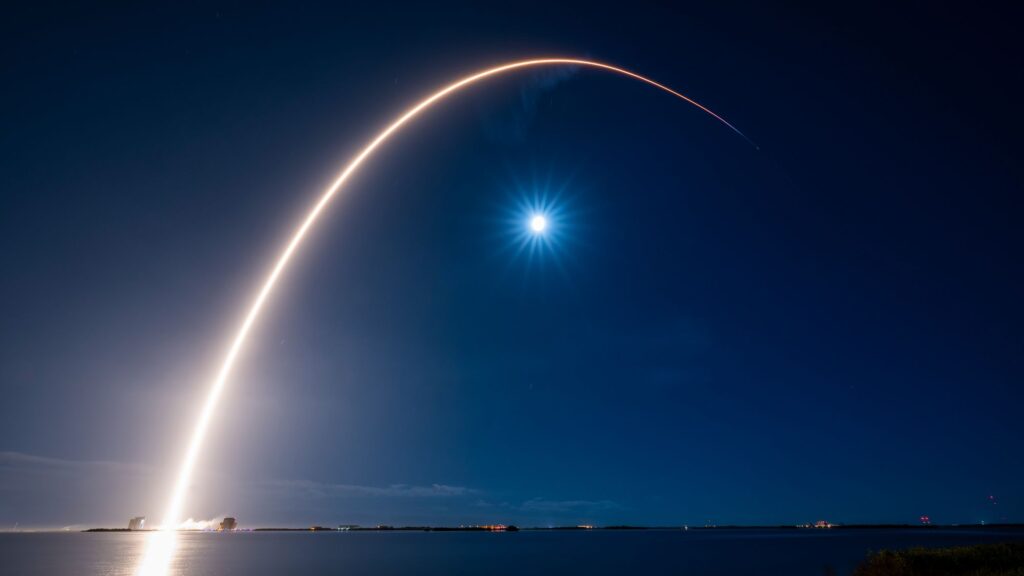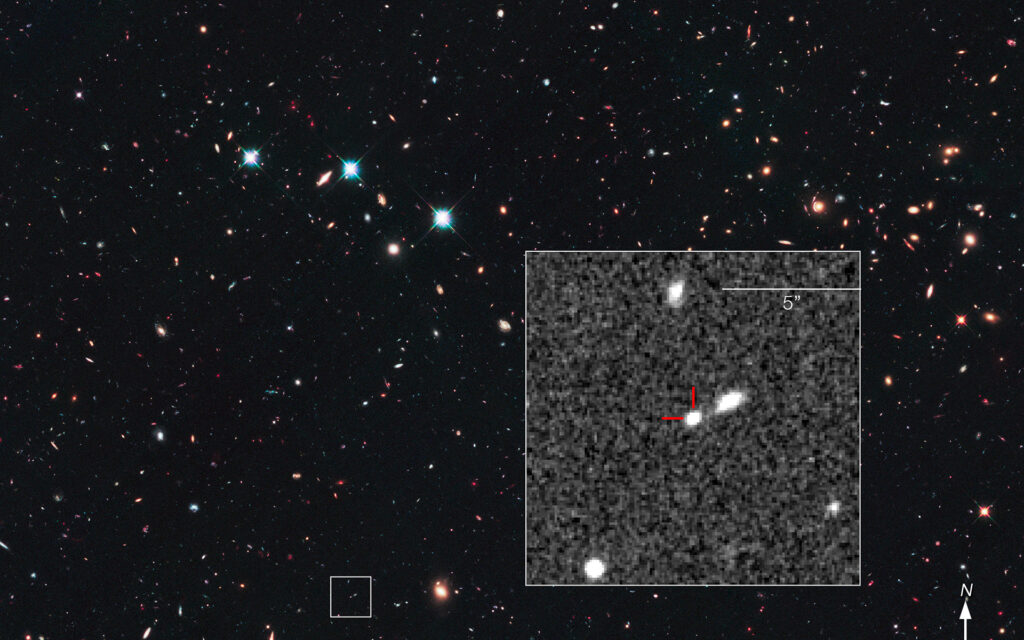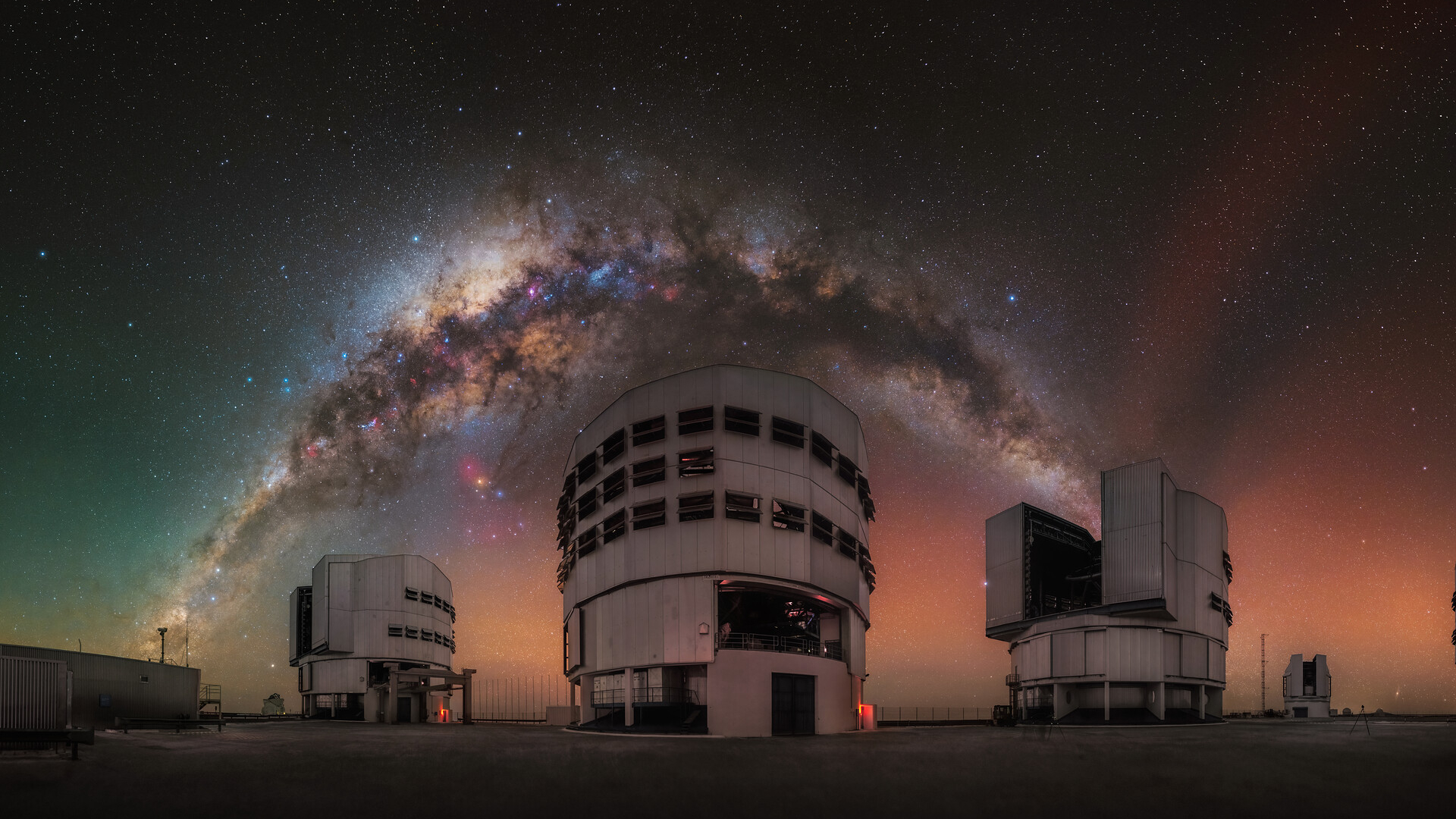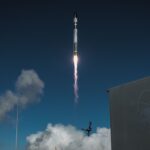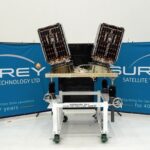Now Reading: Rocket Lab launches private Earth-observing radar satellite to orbit (video)
-
01
Rocket Lab launches private Earth-observing radar satellite to orbit (video)
Rocket Lab launches private Earth-observing radar satellite to orbit (video)

Rocket Lab launched its sixth mission for the Japanese Earth-imaging company iQPS this afternoon (Nov. 5) from its seaside pad in New Zealand.
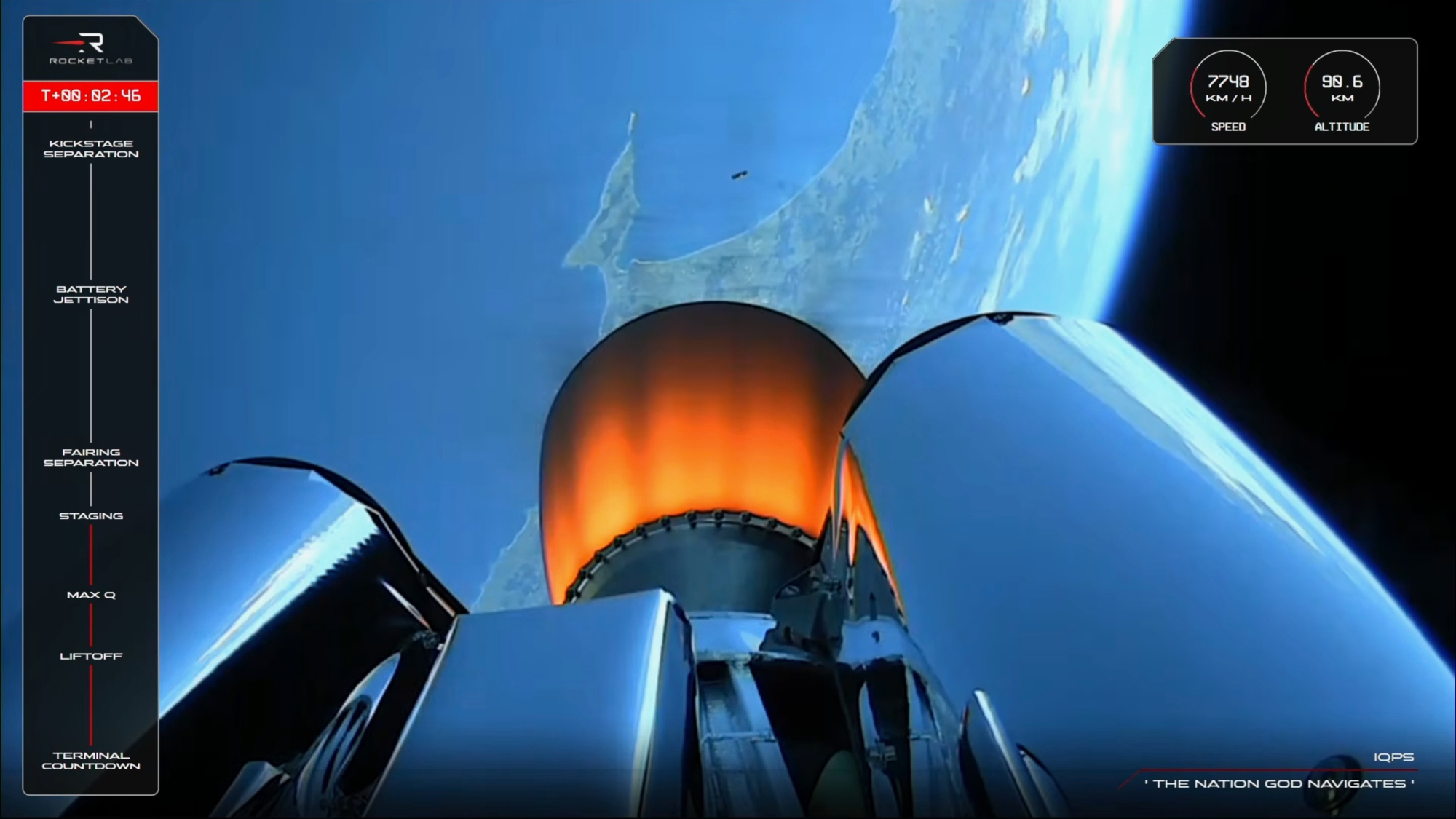
“This satellite will join the rest of the QPS-SAR constellation in providing high-resolution synthetic aperture radar (SAR) images and Earth monitoring services globally,” Rocket Lab wrote in a mission description. “iQPS aims to build a constellation of 36 SAR satellites that will provide near-real-time images of Earth every 10 minutes.”
Yachihoko-I will be the 13th (not 14th, as it name implies) iQPS satellite to reach orbit to date. Seven members of the growing constellation have flown atop non-Electron rockets to date — India’s Polar Satellite Launch Vehicle, Japan’s Epsilon and SpaceX’s Falcon 9, to be specific.

Yachihoko-I takes its name from the Japanese god of nation-building, according to Rocket Lab. That explains the moniker the company gave to today’s mission: “The Nation God Navigates.”
Today’s launch was the 16th of 2025 for Rocket Lab and the company’s 74th overall to date. The vast majority of these have been conducted by the 59-foot-tall (18 meters) Electron. Rocket Lab also operates a suborbital version of the vehicle known as HASTE (“Hypersonic Accelerator Suborbital Test Electron”), which has flown five times since debuting in June 2023.
Editor’s note: This story was updated at 3 p.m. ET on Nov. 5 with news of successful liftoff, then again at 3:58 p.m. ET with news of successful satellite deployment.
Stay Informed With the Latest & Most Important News
Previous Post
Next Post
-
 012024 in Review: Highlights from NASA in Silicon Valley
012024 in Review: Highlights from NASA in Silicon Valley -
 02Panasonic Leica Summilux DG 15mm f/1.7 ASPH review
02Panasonic Leica Summilux DG 15mm f/1.7 ASPH review -
 03How New NASA, India Earth Satellite NISAR Will See Earth
03How New NASA, India Earth Satellite NISAR Will See Earth -
 04And Thus Begins A New Year For Life On Earth
04And Thus Begins A New Year For Life On Earth -
 05Astronomy Activation Ambassadors: A New Era
05Astronomy Activation Ambassadors: A New Era -
06SpaceX launch surge helps set new global launch record in 2024
-
 07Space Force plans new ‘Futures Command’ amid pressure to speed up modernization
07Space Force plans new ‘Futures Command’ amid pressure to speed up modernization












